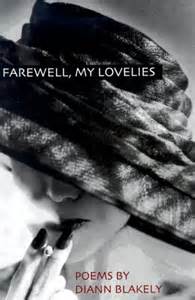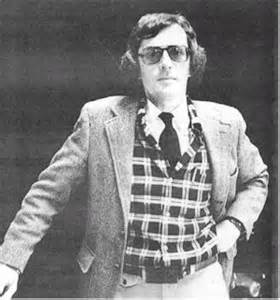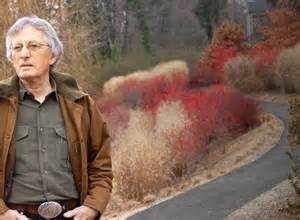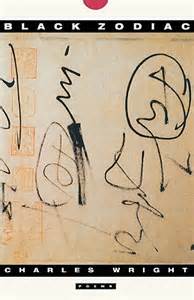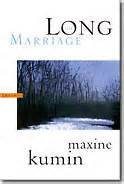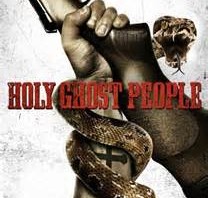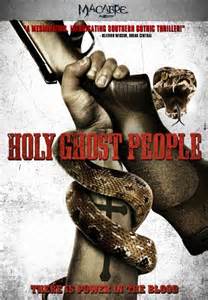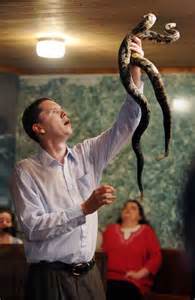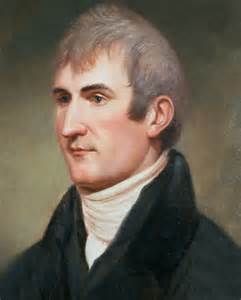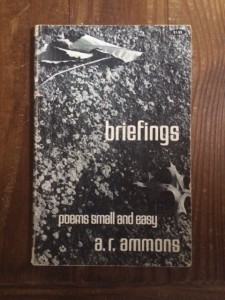 When A. R. Ammons died in 2001 he was widely considered (by Bloom, Vendler, Lieberman and other heavy-hitting critics) one of the half dozen most significant and original poets writing in English. By turns unflappable, faux naïve, authoritarian, wry, oracular, jocular and naughty, he was a master of melding vernacular speech with scientific jargon and even better at finding colloquial and seemingly inevitable phrases to clarify the intricate natural and technical world while making the invisible seem tactile and visual. His poems might span half a dozen words or cover the length of a collection. He was shifty, adroit, eccentric and humane. He was an experimentalist escaped from the lab.
When A. R. Ammons died in 2001 he was widely considered (by Bloom, Vendler, Lieberman and other heavy-hitting critics) one of the half dozen most significant and original poets writing in English. By turns unflappable, faux naïve, authoritarian, wry, oracular, jocular and naughty, he was a master of melding vernacular speech with scientific jargon and even better at finding colloquial and seemingly inevitable phrases to clarify the intricate natural and technical world while making the invisible seem tactile and visual. His poems might span half a dozen words or cover the length of a collection. He was shifty, adroit, eccentric and humane. He was an experimentalist escaped from the lab.
For the excellence of his work, Ammons received the National Book Critics Award, the Bollingen Prize, two National Book Awards and a MacArthur Fellowship. An explorer of the natural world, he was the ultimate peripatetic; not even Wordsworth would have gone so far as to declare and argue (even tongue in cheek) that “A Poem Is a Walk,” as Ammons’ essay of that title does. No one could make sentences more sinuous, organic, surprising but coherent than Archie. He was also an accomplished pianist and water colorist who could construct an elaborate a joke or write a botanical manual . . . in a poem.
In person he could be quick, erudite, acerbic, cracker barrel punny, mercurial, owlish or foxy. When he died at seventy-five, he was still writing poems nearly every poetry lover would want to read for the puzzlement, the wit or the exhilaration. But after he passed his reputation began to fade, his work ceased to be essential to any conversation about American poetry. Or so it has seemed to me. James Dickey, another of my favorites, died four years before Ammons, but his work still appears in anthologies that declare themselves “contemporary.” Is his work more alive than Archie’s? What I hope to do here is to awaken the curiosity of younger readers and provide older ones with a reason to look again at the spiraling, elegant, jittery, rattletrapping, challenging and rewarding poems of A. R. Ammons. First, I’d like to indulge in a touch of personal reminiscence, then to offer one of his poems I keep returning to, not because it’s typical of his work – what would be? – but because it’s irascible and indelible, daring me to be offended or bewildered, but never allowing either to happen.
Almost forty years ago I was one of twenty poets invited to a two-week retreat at the Reynolds family’s historic homestead near Critz, Virginia. I was still green, next-to-youngest in the cadre, which included Kathryn Stripling Byer, Ann Deagon, James Applewhite and other poets who had published books, won prizes, made a name. And Archie. The rest of us stayed in a one-room barracks bisected by a long curtain for gender segregation. Mosquitoes, noise, involuntary proximity – when the sponsoring foundation decided to pull together an anthology of participant work, they called it The Gritloaf Anthology. Archie stayed in a cottage with his family, and twice a day we sat in a circle and talked of poetry. It was the closest to a workshop I’d ever be in, but when most of the participants have creative writing degrees and are poetry teachers, the ante goes up, the games and dynamics become byzantine. Nuance and innuendo occupy every pause in the talk. I was way out of my depth.
Two moments from one particular afternoon provide me with the benchmarks of what I would come to know of Archie in our correspondence and few encounters over the next thirty years. First: on my way out to meet the other the merry campers for volleyball, I walked by Archie, who was sitting at the piano staring at his hands. When he asked me where I was going, I responded, “Out to create a sequel to Sphere.” (One of Archie’s award-winning and very demanding books was Sphere: The Form of a Motion). He scowled and said, “Not in this life.” He was in a raspy mood, and I felt, well, scolded but not quite scalded.
Later that afternoon we were sitting alone discussing one of my poems. I was discussing; he was listening. When I realized I was wasting a great opportunity and shut up, he began to anatomize in detail the opening stanzas, in which the narrator sitting on a diving board high above a lake at night marvels at the stars, both above and reflected in the water. I had written something like, “I can watch constellations twice, once in natural sky, once caught false,” and Archie raised his eyebrows and said, “What if you said ‘truly caught false’? How would does that mesh with the overall project of this poem?” The proverbial light bulb came on, and after a couple of other comments he winked and said the rest was up to me.
A dozen years later he was (unknown to me) judging an annual contest for the best poetry collection by a North Carolina writer. When I learned he had chosen my From the High Dive for the prize, I wrote him expressing my gratitude but also said that I thought that an eligible book by another of the Critz Gritloafers was probably better. He responded that he’d made mistakes in his life, but that prize wasn’t one of them. I could imagine his grin and his gentle Eastern N.C. voice, as well as a twist of ironic mirth.
More importantly, though, I remember his poems, which were often daring and introspective but also alert to the nuances and wonders of the natural world. Here’s a keeper with a tasty pun in the title and a periodic sentence even John Lyly would envy:
The City Limits
When you consider the radiance, that it does not withhold
itself but pours its abundance without selection into every
nook and cranny not overhung or hidden; when you consider
that birds’ bones make no awful noise against the light but
lie low in the light as in a high testimony; when you consider
the radiance, that it will look into the guiltiest
swervings of the weaving heart and bear itself upon them,
not flinching into disguise or darkening; when you consider
the abundance of such resource as illuminates the glow-blue
bodies and gold-skeined wings of flies swarming the dumped
guts of a natural slaughter or the coil of shit in no
way winces from its storms of generosity; when you consider
that air or vacuum, snow or shale, squid or wolf, rose or lichen,
each is accepted into as much light as it will take, then
the heart moves roomier, the man stands and looks about, the
leaf does not increase itself above the grass, and the dark
work of the deepest cells is of a tune with May bushes
and fear lit by the breath of such calmly turns to praise.
[from Briefings: Norton, 1971]
Try that slight-of-hand anaphora, diagram that sentence, say that paragraph with quiet precision and feeling, feel “the dark work of the deepest cells,” see how much light will accept you and “consider that radiance.” Reading him will reward a wide audience, for despite Yeats’ claim that things fall apart, Ammons as Puck, Caliban and Prospero could make poems that hold in any wind.
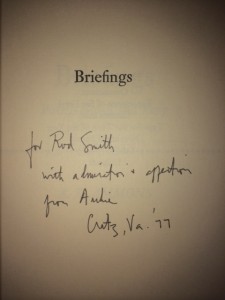
 Location, Location, Location
Location, Location, Location






